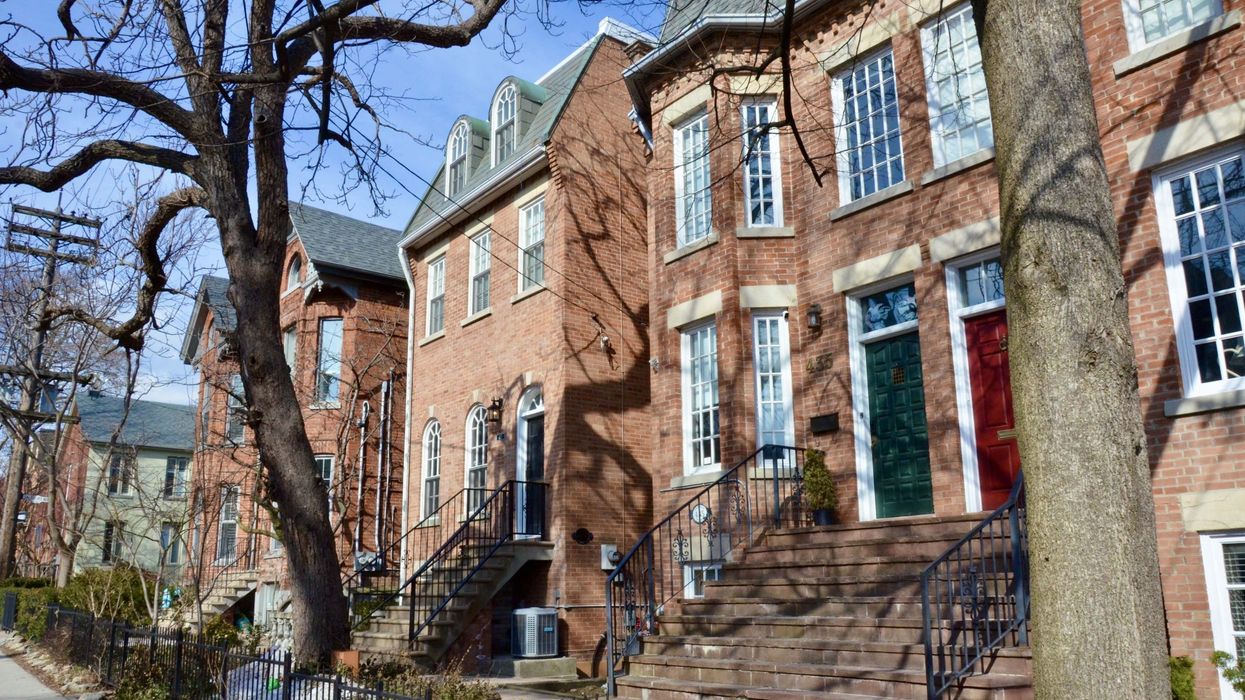As higher interest rates continue to squeeze spending power -- and rising inflation shows no indication of slowing -- Canadian home prices and sales will dip considerably, according to the nation’s largest lender.
TD Bank has officially downgraded their forecast for the housing market compared to their take in March, due to monetary policy tightening at a faster-than-expected rate. The Bank of Canada (BoC) has implemented three hikes to its trend-setting Overnight Lending Rate (OLR) since March, bringing the benchmark cost of borrowing to 1.5% from the record-low 0.25% it had hovered at throughout the pandemic. As consumer lenders base their Prime cost of borrowing on this rate, qualification thresholds and payments have risen markedly for variable mortgages and line of credit products.
TD expects the OLR to rise an additional 1.75% before the central bank finishes its hiking cycle, hitting a termination point of 3.25% by the last quarter of this year.
READ: 41% of Canadians Don’t Trust the Bank of Canada to Cool Inflation
That’s going to continue to weigh heavily on housing activity, says the bank, which now forecasts a 33% “peak-to-trough” decline in Canadian home sales from Q1 2022 to Q1 2023, before buying activity starts to stabilize. In all, sales will drop 23% on an annual basis this year, and 12% next.
That will result in a 19% drop in average home prices over the same time frame. “However,” states TD’s release, home prices are “likely to grow modestly thereafter, alongside some recovery in demand.”
According to the Canadian Real Estate Association, national home sales have cooled rapidly since the BoC’s first hike, with activity dropping 21.7% year over year, and 8.6% month over month, in May. Prices fell 4.6% from April to an average of $711,116; more than a $100,000-decline from the price peak recorded in February.
TD expects the largest price drops will be felt in Ontario and British Columbia, as home value return closer to fundamentals following “significant affordability deteriorations during the pandemic,” while Quebec will see price growth, though modest, following its own price run up in early 2020.
The Prairie provinces, however, are set for a considerable correction. In Alberta, “sales are expected to retrench significantly from their record highs. However, they should remain closer to pre-pandemic levels than either B.C. and Ontario through 2023, supporting tighter markets and stronger price growth.”
The ‘wild rose’ province has experienced a dramatic uptick in demand over the last couple of years, popular with both investors and end-user homebuyers for its relatively lower average home price, compared to Canada’s other large urban centres; benchmark home prices in Calgary and Edmonton are in the $400,000 - $600,000 range, in contrast to over $1.2M in Greater Toronto and Greater Vancouver.
Other Canadian provinces, however, can expect a smoother ride given their overall better affordability conditions; strong population growth and a tight sellers’ market in the Atlantic provinces will support local prices, though rising rates could make a dent moving forward.





















